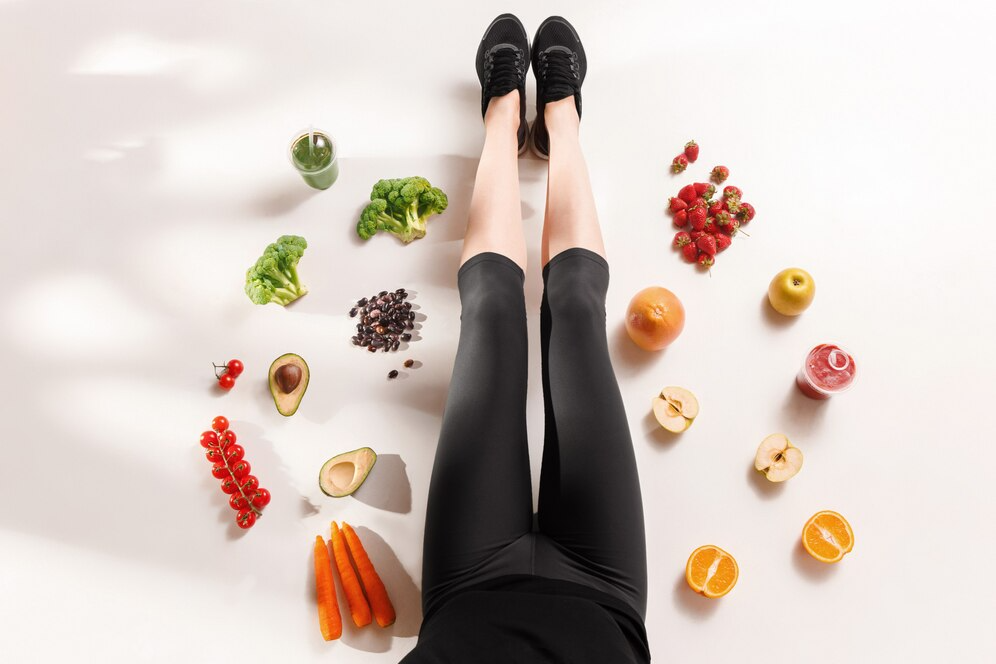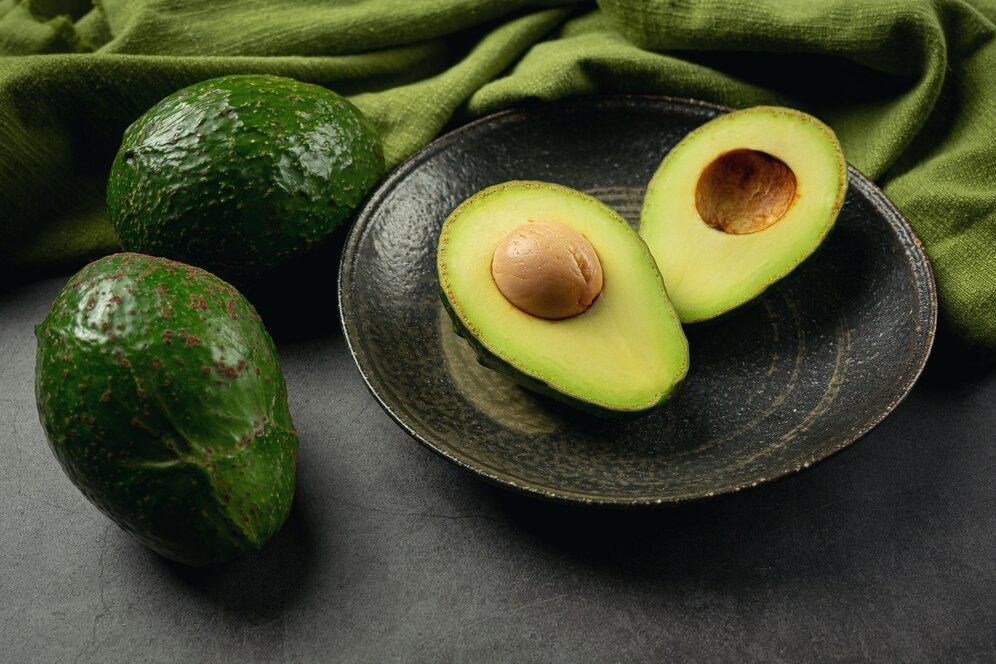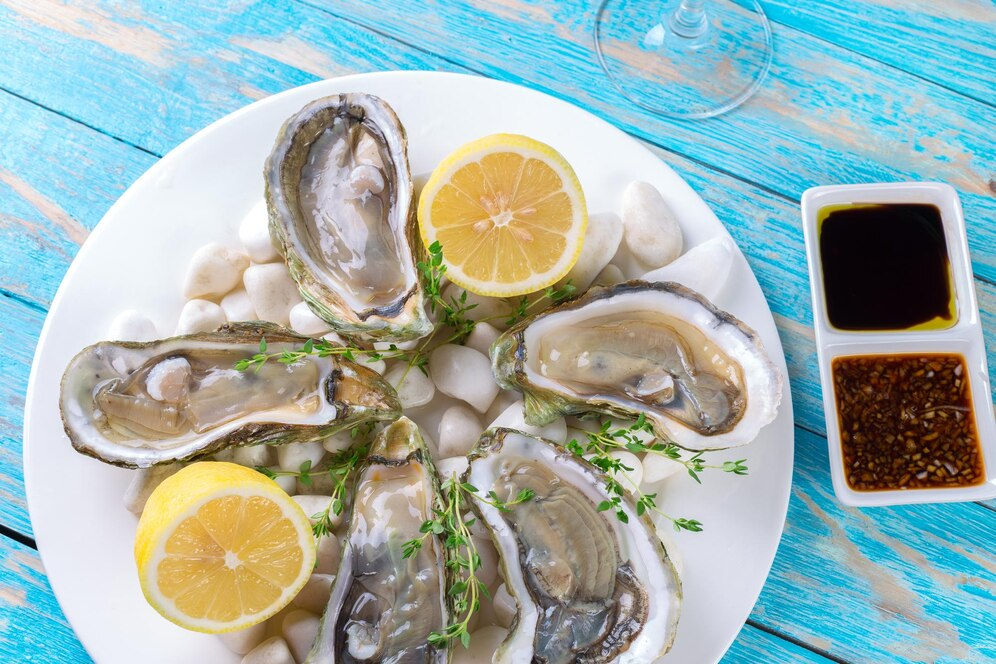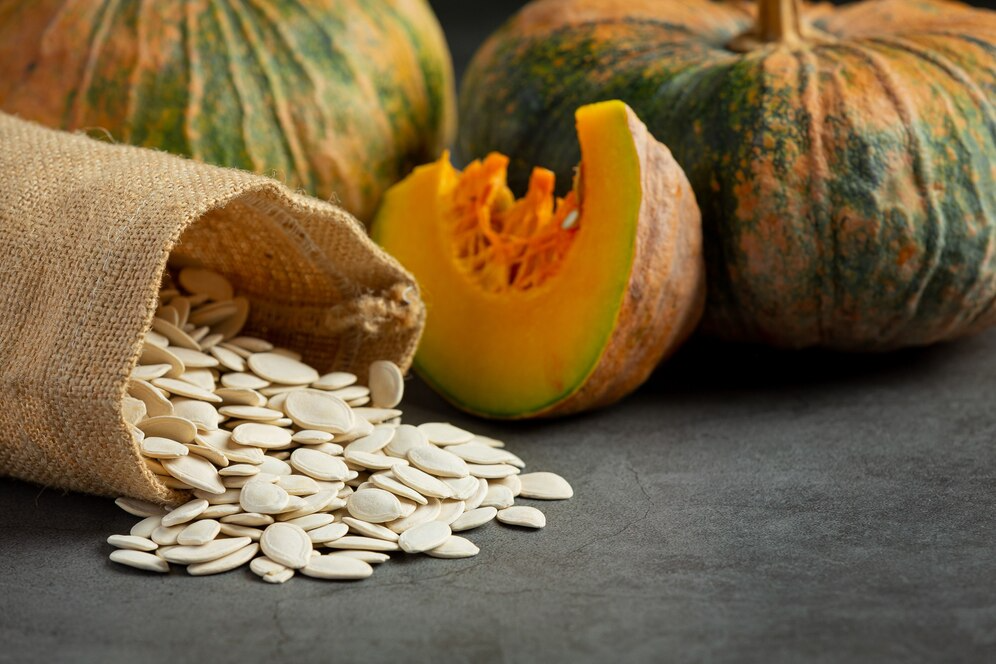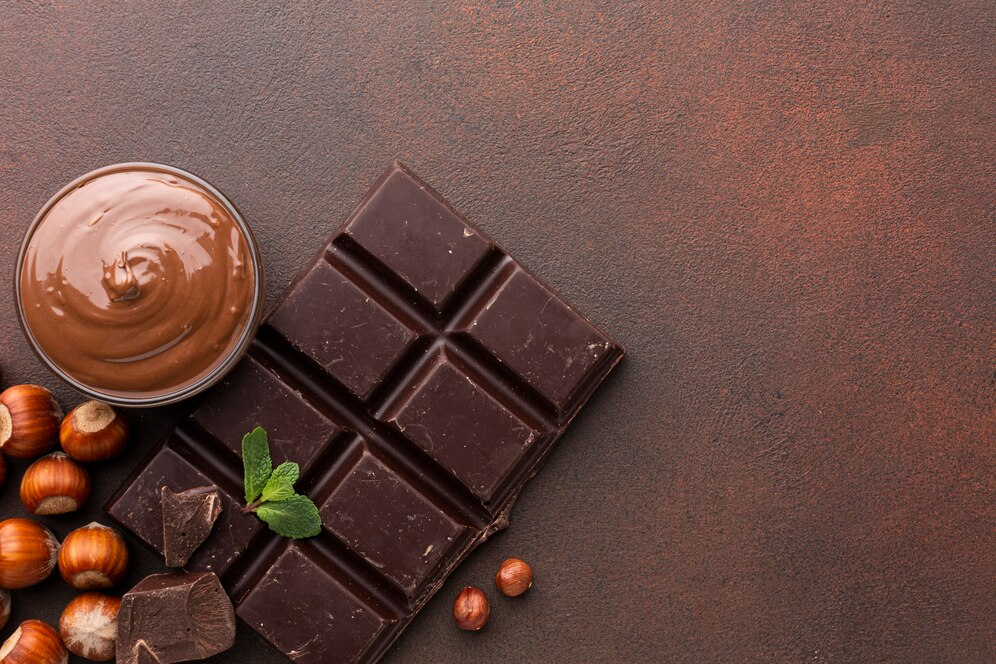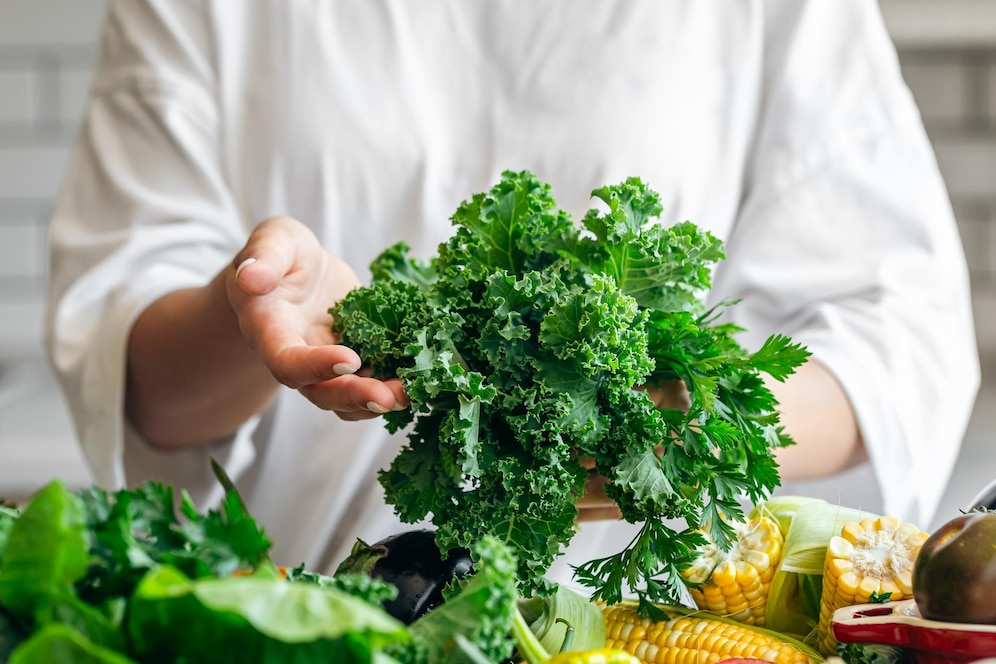The Seductive Symphony Of Aphrodisiac Foods: A Culinary Journey Into Passion
Table of Contents
The allure of Aphrodisiac Foods has captivated human imagination for centuries, transcending cultures, and weaving its way through the tapestry of culinary history.
Believers attribute exotic fruits and pungent spices with the power to ignite passion and enhance romantic experiences.
While scientific evidence may vary, the cultural significance and historical tales surrounding aphrodisiac foods continue to stir intrigue and inspire gastronomic exploration.
Ancient Origins:
The fascination with aphrodisiacs can be traced back to ancient civilizations, where certain foods were revered for their supposed ability to awaken desire.
The ancient Greeks, for example, associated aphrodisiac qualities with foods like honey, figs, and oysters, believing that their consumption could enhance fertility and stimulate love.
Similarly, in ancient China, foods such as ginseng and lychee were considered powerful aphrodisiacs, believed to balance the body’s energy and promote vitality.
These cultural beliefs highlight the timeless human desire to unlock the secrets of passion through the alchemy of food.
A Symphony of Sensual Flavors:
Aphrodisiac foods come in a kaleidoscope of flavors, textures, and aromas, each believed to evoke desire in its own unique way. Among the most renowned are oysters, often dubbed the “food of love.” Rich in zinc, oysters are thought to boost testosterone levels, while their slippery texture and briny taste contribute to their reputation as a sensual delicacy.
Chocolate, with its velvety richness, has long been associated with romance. The Aztecs believed that consuming chocolate could stimulate desire, and modern science suggests that it contains compounds that can trigger the release of endorphins, the feel-good hormones.
Spices such as saffron and cinnamon, celebrated for their aromatic profiles, have also been historically linked to passion. Saffron, the world’s most expensive spice, was used by ancient Persians in love potions, while cinnamon was prized by ancient Egyptians for its warming properties.
Fruits like strawberries and figs, with their luscious textures and sweet tastes, have found a place in romantic folklore. The act of sharing succulent strawberries dipped in chocolate or savoring ripe figs together has become synonymous with intimate moments.
Libations of Love:
Aphrodisiacs extend beyond solid foods into the realm of beverages, with certain drinks earning a reputation for kindling desire.
Red wine, celebrated for its heart-healthy benefits, is also associated with promoting relaxation and lowering inhibitions, making it a popular choice for romantic occasions.
In various cultures, herbal infusions crafted from ingredients like damiana, ginseng, and maca root have been consumed as love elixirs believed to enhance libido and stamina.
These botanical concoctions, often steeped in tradition, offer a fragrant and flavorful approach to the pursuit of passion.
Modern Science Meets Ancient Wisdom:
While the aphrodisiac qualities of certain foods are deeply ingrained in cultural history, the scientific community approaches the subject with a more measured perspective.
While some foods do contain compounds that may impact hormonal balance or trigger the release of feel-good neurotransmitters, the effects are often subtle and can vary from person to person.
Chocolate is thought to elevate mood due to the presence of the compound phenylethylamine. However, the quantities of these compounds in foods may not be sufficient to induce a profound physiological response.
Culinary Exploration:
Creating a romantic meal using aphrodisiac ingredients can be a shared experience, fostering connection and intimacy.
Craft a chocolate fondue or a seafood feast with oysters and saffron-infused dishes, exploring diverse possibilities in gastronomy.
The connection between diet and sexual health has been a topic of interest for centuries. Certain foods are believed to possess aphrodisiacal properties, potentially enhancing libido and overall sexual wellness, despite the crucial roles of stress, hormones, and relationship dynamics in influencing one’s sex drive.
Fruits for Vitality
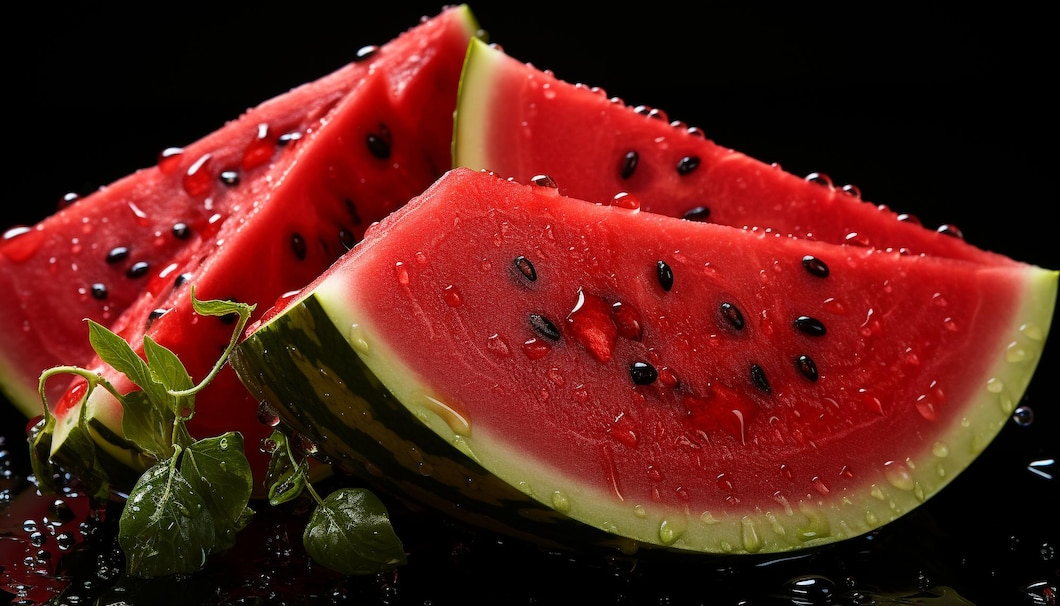
- Watermelon: Watermelon contains citrulline, an amino acid that can improve blood flow, promoting better circulation. Improved blood flow is vital for sexual function, making watermelon a refreshing addition to your diet.
- Bananas: Rich in potassium and B vitamins, bananas contribute to the production of sex hormones. Additionally, the enzyme bromelain found in bananas is believed to enhance male libido.
- Avocado: Packed with healthy monounsaturated fats and vitamin E, avocados support overall cardiovascular health. A healthy heart is essential for good circulation, which, in turn, positively impacts sexual function.
Seafood for Omega-3 Fatty Acids
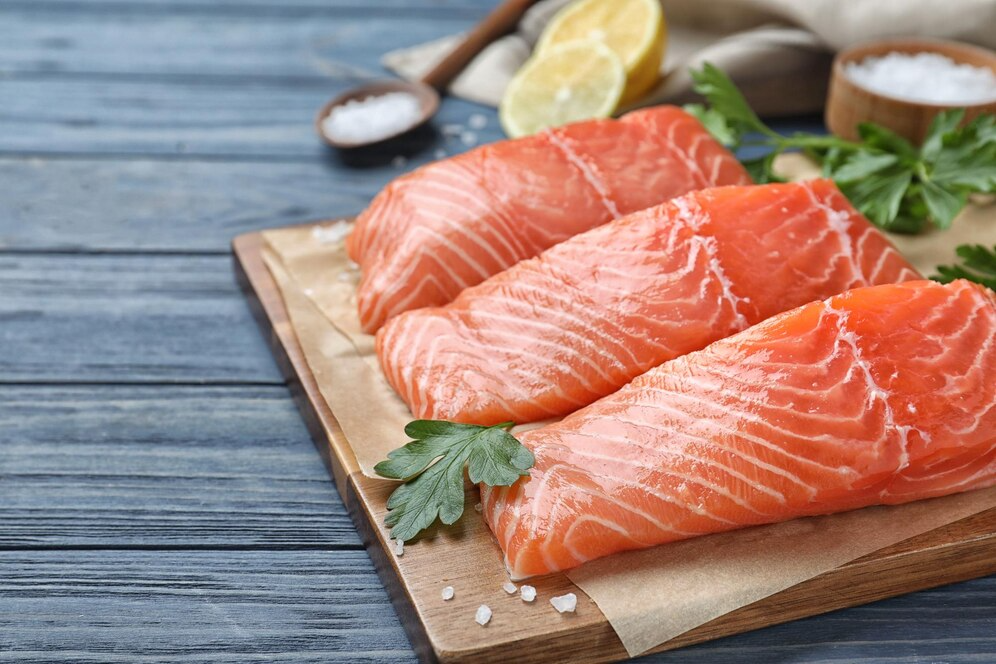
- Salmon: Salmon is a great source of omega-3 fatty acids, which play a crucial role in maintaining hormonal balance. Omega-3s can enhance dopamine production, a neurotransmitter associated with pleasure and arousal.
- Oysters: Oysters are well-known aphrodisiacs, rich in zinc, a mineral critical for testosterone production. Increased zinc levels can boost libido and improve sperm quality.
Nuts and Seeds for Energy
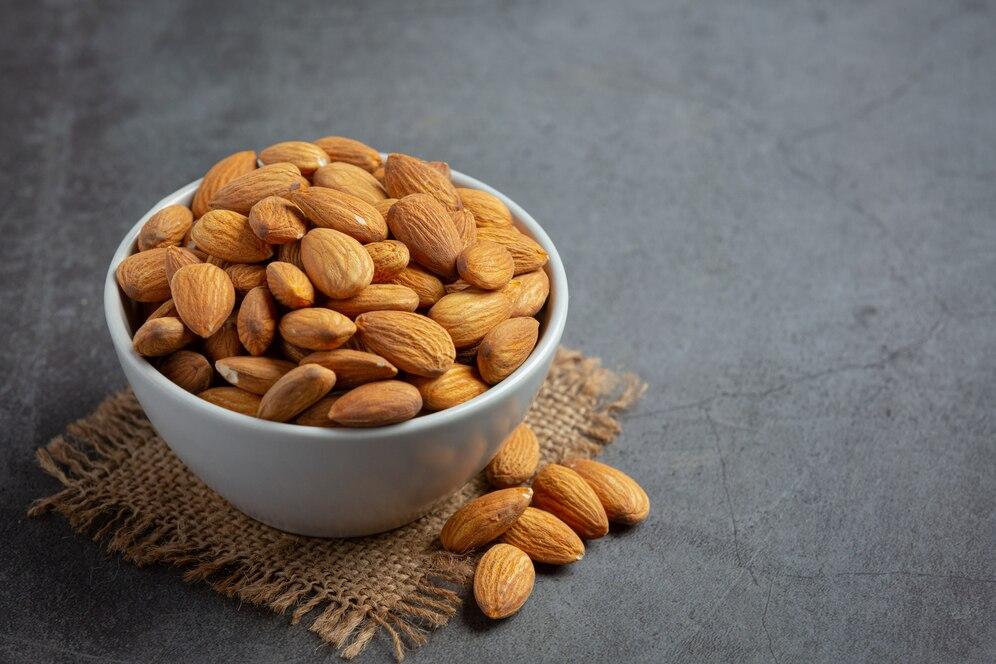
- Almonds: Almonds are high in arginine, an amino acid that can improve circulation. Additionally, they contain zinc and selenium, contributing to sexual health and fertility.
- Pumpkin Seeds: Rich in magnesium, zinc, and omega-3 fatty acids, pumpkin seeds can support testosterone production and overall sexual health.
Dark Chocolate for Pleasure
- Dark Chocolate: Flavonoids in dark chocolate, linked to improved blood flow, enhance its appeal for promoting better circulation. It also contains phenylethylamine, a compound associated with the feeling of being in love.
Leafy Greens for Nutrient Boost
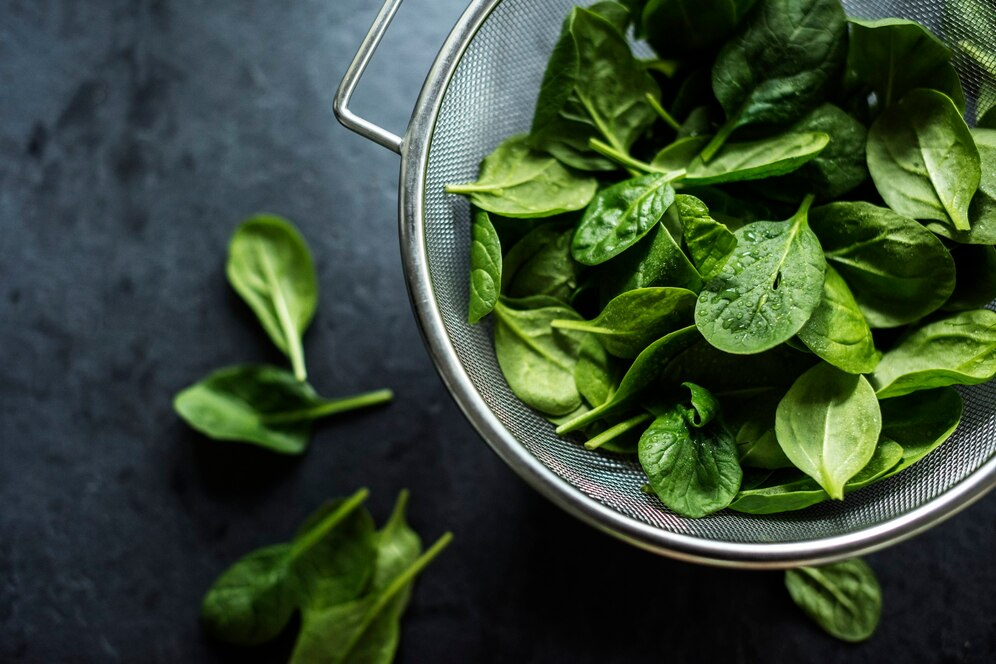
- Spinach: Spinach is rich in magnesium, which can help relax blood vessels and improve blood flow, potentially benefiting sexual function.
- Kale:
Spices for Flavor and Arousal

- Ginseng: For centuries, traditional medicine has utilized ginseng to enhance sexual function. It may help stimulate nitric oxide production, promoting better blood flow.
- Saffron: Linking saffron to increased libido and enhanced sexual satisfaction makes it a valuable addition to certain dishes.
Conclusion:
Aphrodisiac foods: a sensory journey merging cultural beliefs, historical tales, and culinary artistry in a tantalizing fusion of flavors. These foods spark passion or offer indulgence, their role in the human narrative remains undeniable.
As we navigate the complex interplay of flavors and emotions, the essence of aphrodisiac foods lies not just in their supposed physiological effects but in the stories they tell, the traditions they carry, and the moments they create. Savor flavors, embark on a culinary adventure, and let aphrodisiac foods work their magic in the dance of desire.
